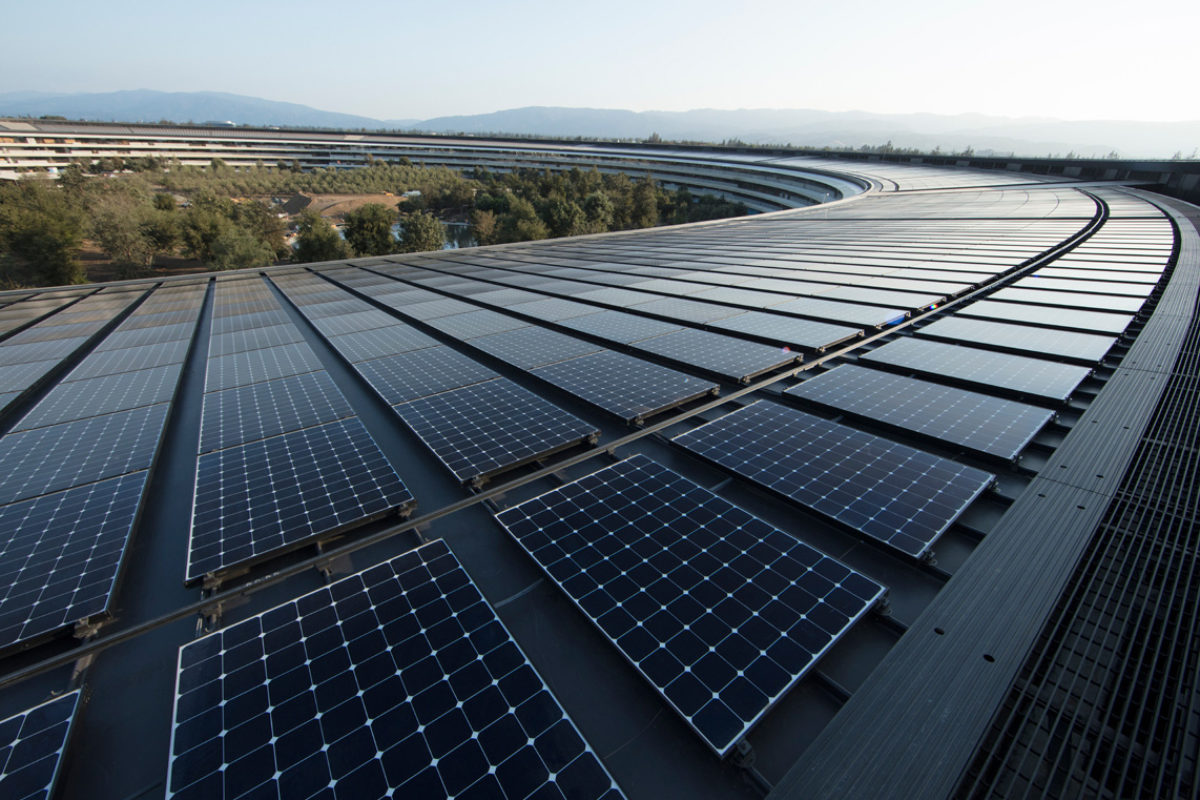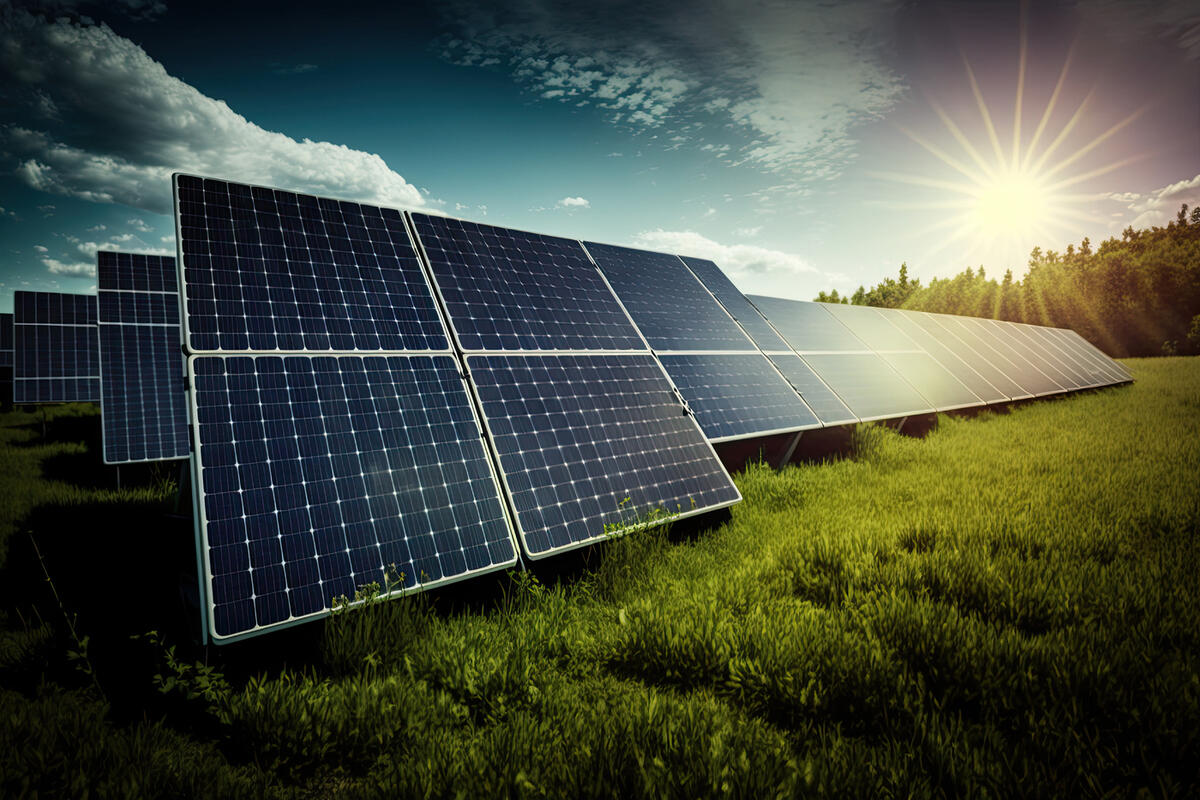Researchers in Madrid have achieved a certified efficiency of 25.2% in a solar cell. China is racing for efficiency, Spain is seeking stability: two paths in the same race.
The sun will continue to shine, but the way we harness its energy is changing at breakneck speed. While China and other countries are focused on improving the efficiency of perovskite solar panels, Spain has set its sights on solving another major challenge: stability. And it is doing so with a clear message: say goodbye to silicon.
Retiring silicon.
Until now, talking about solar energy meant talking about silicon. Today, that equation is beginning to break down because of perovskite. In Madrid, a team from IMDEA Nanoscience has managed to achieve a certified efficiency of 25.2% for a cell, almost equalling the world record of 26.7%. With this, Spain is at the forefront of the race for the solar future.
Not only that, but they have also manufactured a 25 cm² mini-module that maintains 22.1% efficiency and extraordinary stability, something that has historically been the Achilles heel of this technology. ‘These cells already outperform commercial silicon, which barely reaches 18% efficiency, and open the door to the next generation of solar panels,’ explains Nazario Martín, principal investigator of the project.
The leap is not only academic.
In the research, published in Advanced Materials, they explain that perovskite promises to be cheaper, flexible, lightweight and recyclable, compared to silicon, whose production process is expensive and controlled almost exclusively by China.
But the key here is not so much efficiency as durability. Cells developed with the new PTZ-Fl material maintain 95% of their performance after 3,600 hours of testing under demanding conditions (ISOS-D-1 protocol). In other words, we are not talking about fragile laboratory prototypes, but devices capable of withstanding the passage of time under sun, humidity and heat.
The background to the project.
The breakthrough is based on the design of molecules called spiro-phenothiazines, which act as ‘hole transporters’, an essential layer in the solar cell. The PTZ-Fl compound prevents the migration of lithium ions, which is often one of the main causes of degradation.
In the words of the researchers, the aim is to build a ‘compact interface’ that protects the material and improves its efficiency. In practical terms, this means that perovskite modules are not only more powerful, but also much more resistant.
China is leading the way.
As mentioned above, China has focused its efforts on efficiency. A study by Huazhong University of Science and Technology achieved a record 28.8% with a tandem cell made entirely of perovskite, without the need for silicon. Advances such as this, and the Spanish one, confirm that perovskite can not only compete with silicon, but also surpass it in scenarios where silicon has never shone: facades, windows, offices and even portable devices.

There are very specific challenges.
Beyond laboratory records, the big challenge is bringing this technology to market. Today, the European Union relies heavily on China to manufacture solar panels, according to a report by Ember. Projects such as IMDEA’s seek not only efficiency, but also to reduce this strategic dependence.
Furthermore, the most expensive component of a solar panel is no longer silicon or glass, but aluminium frames, which account for 14% of the total cost. This is a reminder that the transition to perovskite will require innovations not only in laboratories, but also in factories and supply chains.
Forecasts.
The future of solar energy is no longer written solely with silicon. Perovskite has gone from being a fragile promise to a real candidate for the market. The question is not whether it will arrive, but how and from where. Spain, with the progress made by IMDEA Nanociencia, wants part of that answer to have a European stamp.





